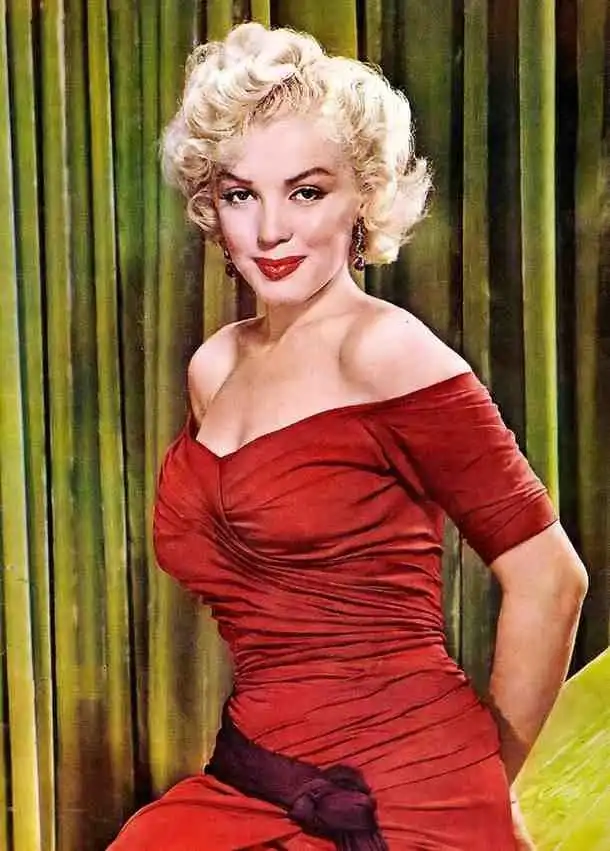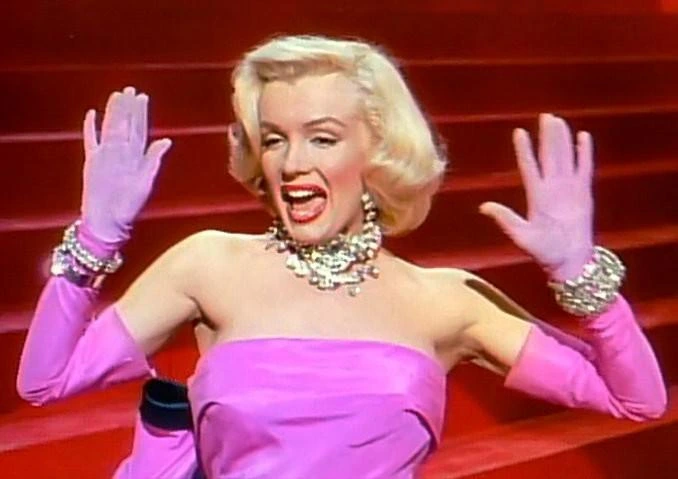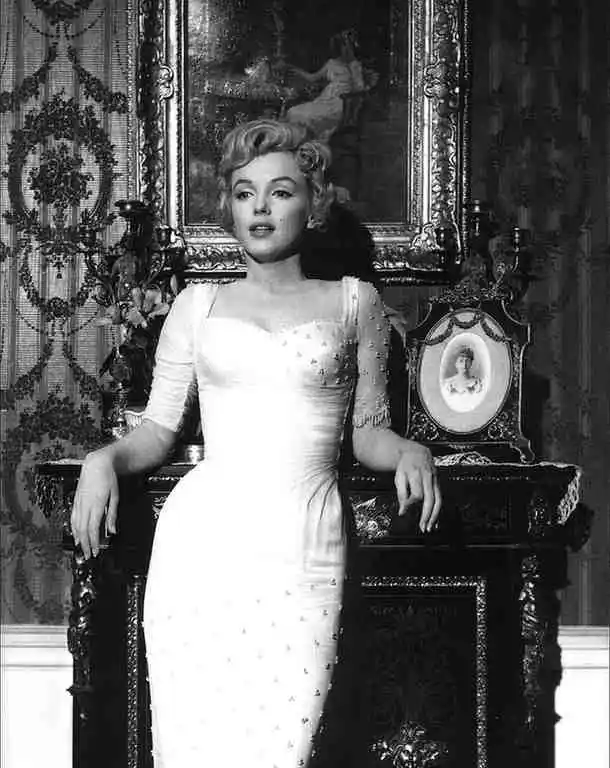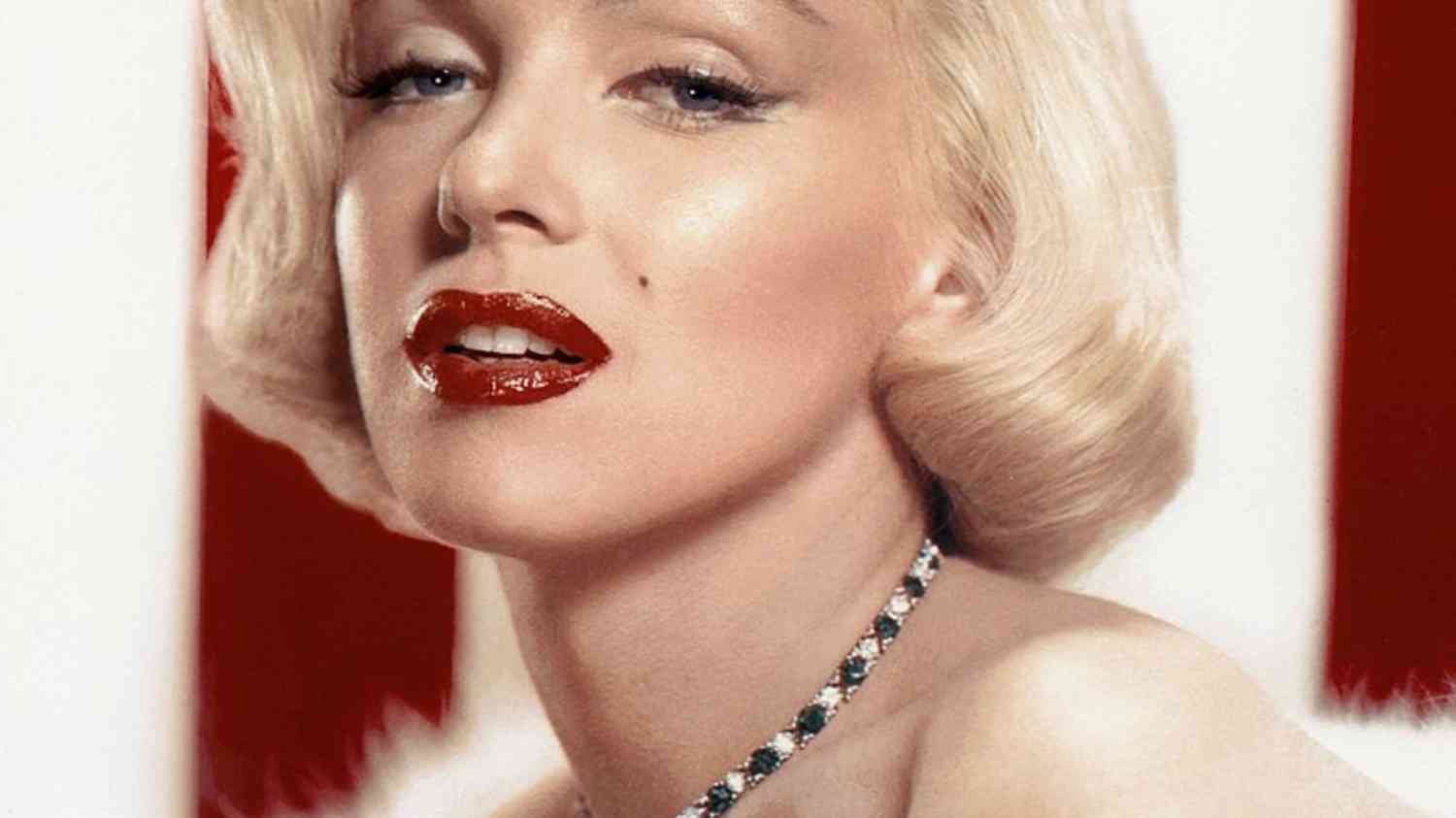From a turbulent childhood to immortal icon, Marilyn Monroe’s journey reads like a Hollywood epic—full of triumphs, mysteries, and soft-spoken power. Below is a polished narrative built to intrigue, inform, and linger.

1. Early Days: Norma Jeane’s Transformation into Marilyn
Born Norma Jeane Mortenson on June 1, 1926, in Los Angeles, her early life was steeped in disruption. Her mother, Gladys Baker, struggled with mental illness and was often institutionalized. Norma Jeane grew up bouncing through foster homes and orphanages.
At 16, she married James Dougherty—largely as an escape from the foster system. That marriage granted her more stability and time to define her future. During World War II, while Dougherty served overseas, she worked in a factory. A chance to pose for a photographer changed everything: modeling opened doors, and in 1946 she signed a film contract with 20th Century Fox, adopting the stage name Marilyn Monroe.
The name “Marilyn Monroe” was as carefully selected as her image. “Marilyn” evoked actress Marilyn Miller; “Monroe” was her mother’s maiden name.
2. Rising Star & Hollywood Success
Once typecast as the breathy “dumb blonde,” Marilyn rebelled against stereotype. Her first major breakthrough came with Niagara (1953)—a femme fatale role that stunned audiences and critics alike. That same year, Gentlemen Prefer Blondes and How to Marry a Millionaire cemented her sex-symbol persona on a global scale.
Notable career pivots followed:
The Seven Year Itch (1955) delivered the legendary subway-grate scene—etched into pop culture memory.
Determined to be taken seriously, she moved to New York and studied under Lee Strasberg at the Actors Studio, refining her craft.
Her performance in Bus Stop (1956) stunned critics, marking the first time many saw her beyond glamor.
Some Like It Hot (1959) won her a Golden Globe for Best Actress in a Comedy and remains a benchmark in Hollywood comedy.
By the time of her death, her films had collectively grossed over US$200 million in their initial theatrical runs—a staggering figure for the era.

3. The Blonde Bombshell: Icon & Misunderstood Artist
The “blonde bombshell” label speaks to the magnetism she wielded—but it also obscures her keen intelligence and complex emotional life.
Beyond the stereotype:
Marilyn pushed for creative control. She co-founded a short-lived production company to produce The Prince and the Showgirl.
Her comedic timing was deliberate and nuanced, not accidental. In Some Like It Hot, she oscillated between lightheartedness and pathos with delicate control.
Off-camera, Marilyn was generous and introspective. She gave prized gifts—fur coats, cash—to friends.
Inner demons chased her: perfectionism, fear of mental illness (mirroring her mother’s history), and self-doubt haunted much of her life.
4. Wealth, Estate & Posthumous Earnings
At the time of her death, Marilyn held a mix of assets—film contracts, real estate, personal items.
How her estate lives on:
The bulk of her royalties, publicity rights, and licensing rights were left to Lee Strasberg.
After Strasberg died in 1982, his widow Anna inherited those rights and began licensing Marilyn’s image aggressively.
As recently as 2020, Monroe’s estate earned US$8 million, placing her among the highest-paid deceased celebrities—and the only woman on that list for that year.
The iconic dress from her “Happy Birthday, Mr. President” performance fetched US$4.8 million at auction.

5. Final Act & Enduring Legacy—with Surprising Facts
Marilyn’s ending remains as tragic as it is enigmatic:
In 1962 she began filming Something’s Got to Give, but repeated absences and erratic behavior led to her being fired—though she was later rehired, filming never resumed.
On August 4 (or 5), 1962, she died in her Los Angeles home from a fatal barbiturate overdose. The official ruling was “probable suicide.”
Legacy then — and now:
In 1999, Fragments: Poems, Intimate Notes, Letters was published, opening a new window into her private self.
Films like The Misfits (1961) now bear the weight of her final cinematic work—the last completed film of her life.
Her image remains woven into global culture—muse to artists, fashion icons, and storytellers.
Little-known gems:
She once underwent minor cosmetic work—a subtle nose refinement and jawline adjustment.
Marilyn attempted suicide after her longtime agent Johnny Hyde died in 1950.
Her tardiness on set was legendary—producers sometimes had to shoot scenes around her.
She lost two pregnancies while married to Arthur Miller, one of them an ectopic.
Kim Kardashian became (briefly) the only other person known to wear her precious “Happy Birthday, Mr. President” dress—causing controversy over damage to the garment.
Marilyn Monroe was not just Hollywood’s ultimate blonde: she was a paradox of glamor and vulnerability, boundless ambition and haunting fragility. Her every glance, laugh, and secret continues to echo through decades. True icons never fade; they just become more luminous with time.

